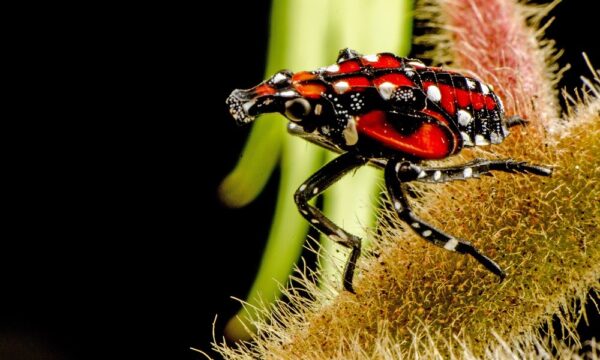Invasive birds pose a threat to native bird species, outcompeting them for resources like food and nesting sites. They can also be vectors of avian diseases and be serious crop pests.
Here are five you may have seen for yourself.
Common starling

The European starling is seen as one of the 100 world’s worst invaders and has been introduced globally except for neotropical regions. The European starling is an aggressive omnivore and outcompetes native bird species through competition for resources and nesting spaces. In the United States, the bird causes an estimated $800 million in agricultural damage every year.
Rose-ringed parakeet

Due to its popularity as a pet, the rose-ringed parakeet has established almost worldwide but particularly in Europe. Most introductions are thought to originate from escapees or even deliberate releases by people who got tired of their noisy pet. In Europe, the brightly-coloured bird competes for nesting space but in Western Australia, it is considered a pest species. In its native region of central Africa and Asia, it causes considerable agricultural damage.
Red-billed leiothrix

This highly adaptable species is native to Southeast Asia and has been a popular cage songbird for centuries. In has invaded countries in Europe as well as Japan and Hawaii, where it has established breeding populations after escaping or being deliberately introduced. In Hawaii, it is thought the red-billed leiothrix contributed to the decline of now extinct endemic species because it can carry avian malaria. In Italy, it has started changing the sound of the ‘dawn chorus’, being acoustically more dominant than native birds.
Ruddy duck

The ruddy duck poses a serious threat to the survival of the globally-endangered white-headed duck (Oxyura leucocephala). The two species are able to hybridize freely, diminishing the population of the white-headed duck. The first recorded hybridization between two in the wild was in Spain in 1991. The ruddy duck is native to the Americas but is invasive in Europe where it is found mainly in reservoirs and freshwater lakes. Numerous control efforts are in place across Europe.
Shiny cowbird

This bird is a brood parasite, relying on another bird to incubate its eggs and rear its chicks. The shiny cowbird is not fussy about the host and will lay eggs in the nests of various bird species, only some of which will accept the chicks. In addition, the shiny cowbird may also first destroy or devour the host bird’s eggs. If not, there is competitive pressure from the chick which will usually hatch earlier than the host’s eggs and also be bigger. This parasitic lifestyle negatively affects native bird species already at risk in the invasive range of the Caribbean and North America.
Discover more invasive birds and other invasive species on the Invasive Species Compendium.
CABI Bookshop: Invasive Birds – Global Trends and Impacts
This book has won a Wildlife Publication Award from the Wildlife Society
CABI Project: Saving Tristan’s only native tree and its associated unique buntings
Related News & Blogs
Biological control in action: Zambia’s field days on fighting fall armyworm
Experts from CABI recently held two field days and an expo in Zambia, showcasing innovative approaches to pest management to 584 farmers, agro-dealers and other stakeholders to help raise awareness of approaches to tackle the invasive fall armyworm (Sp…
11 June 2025




